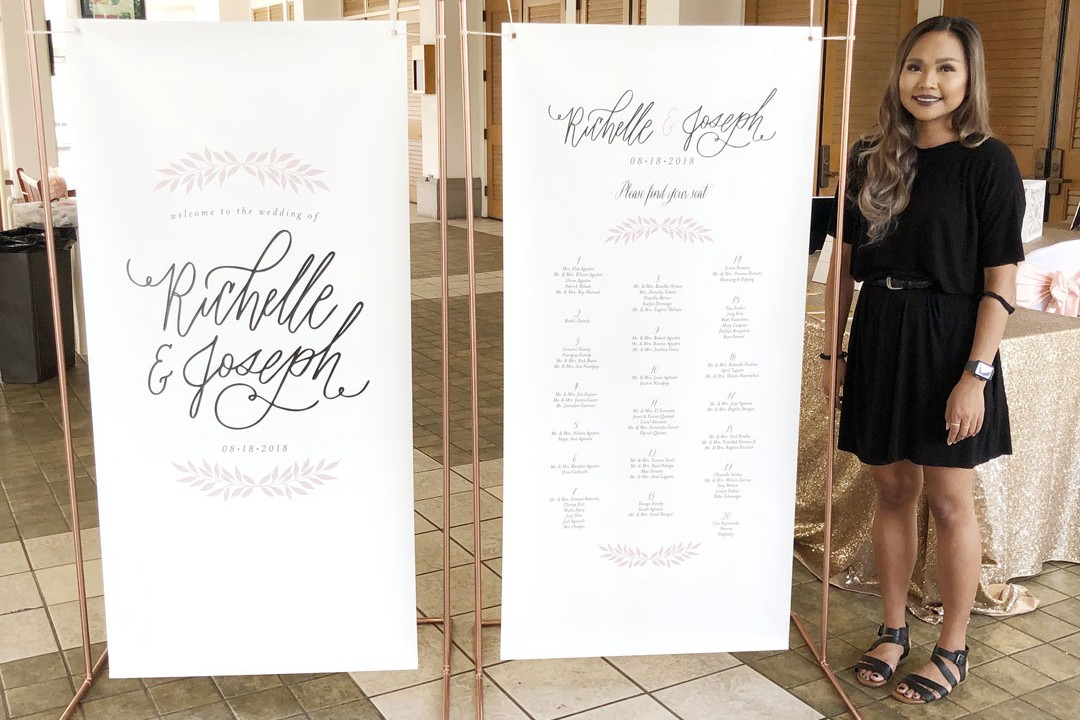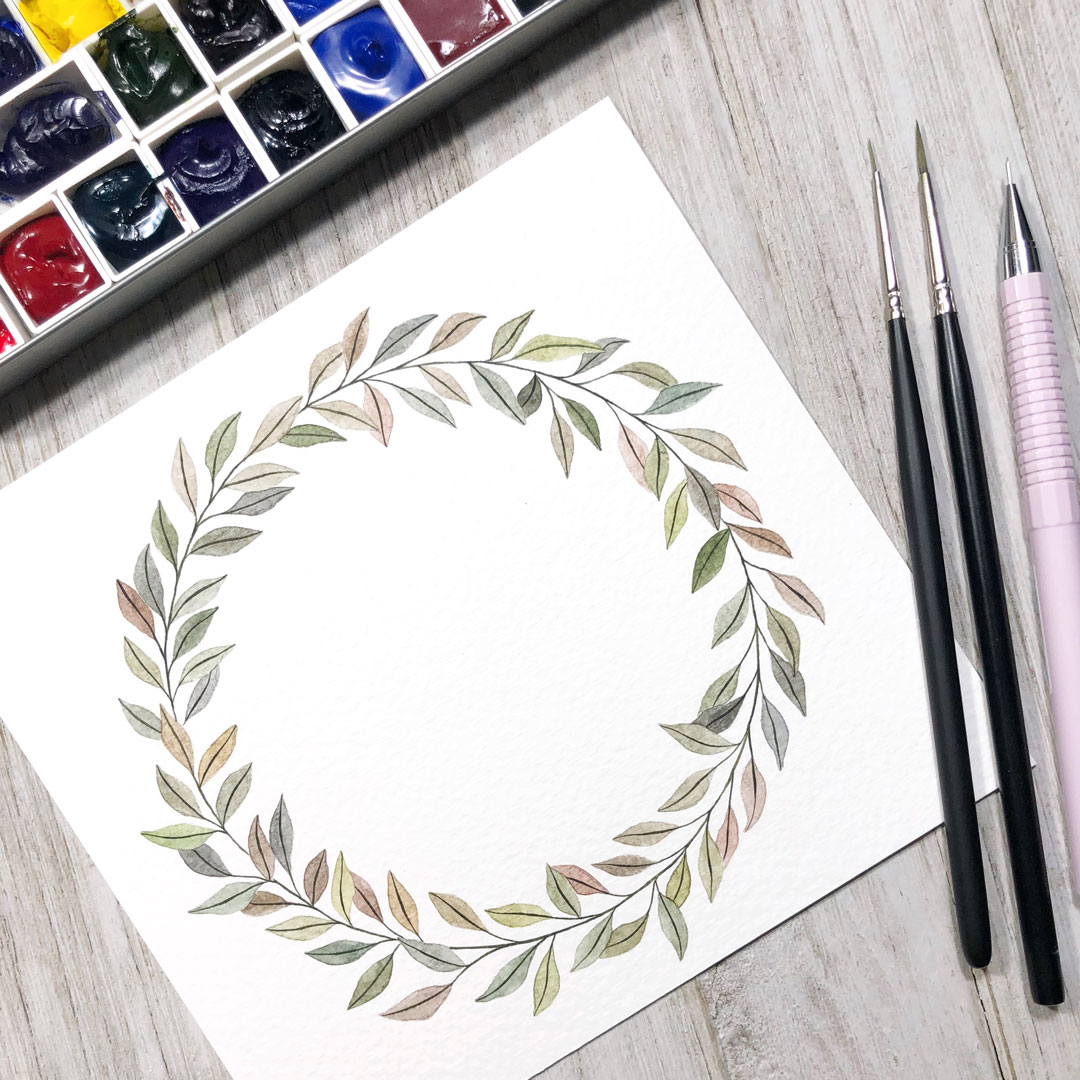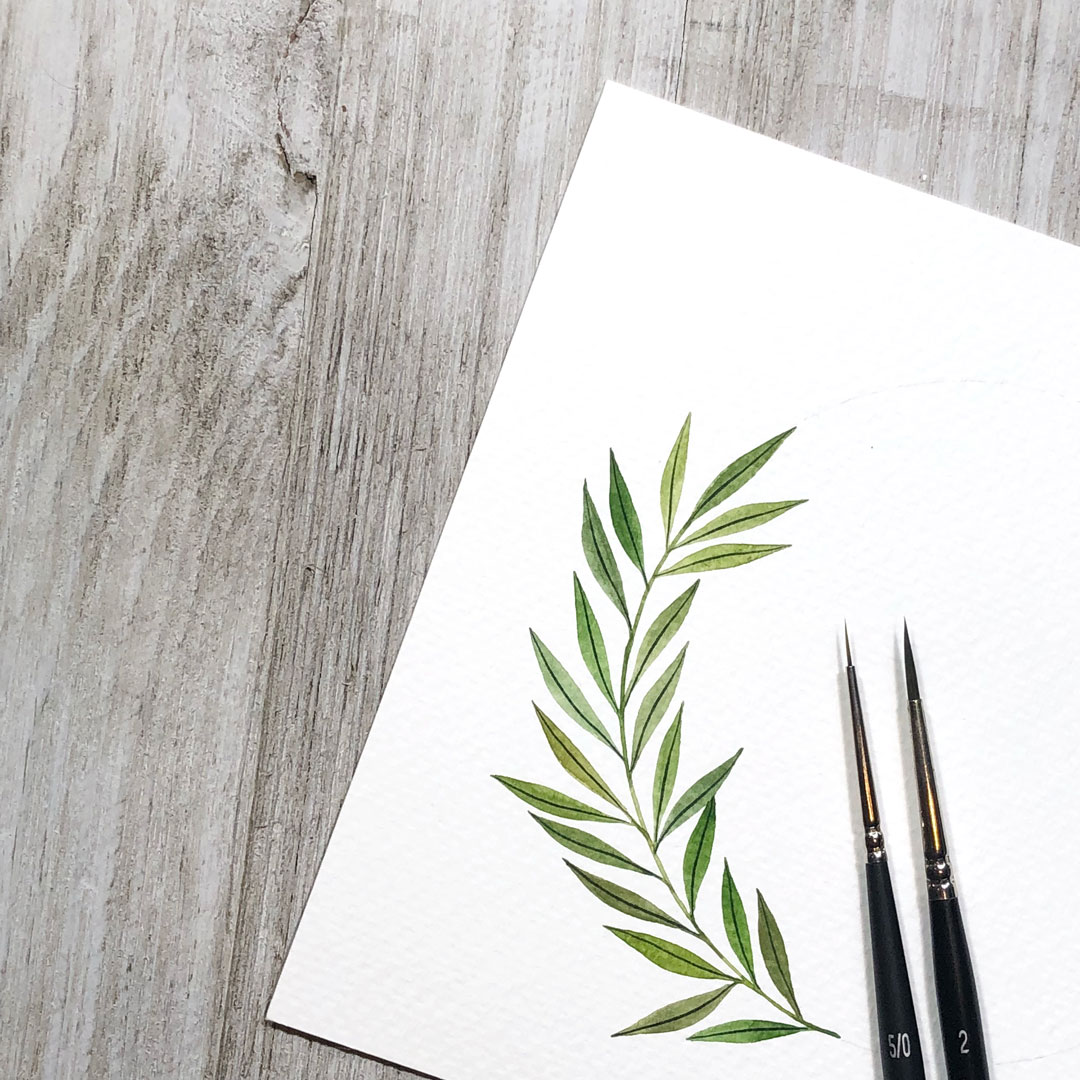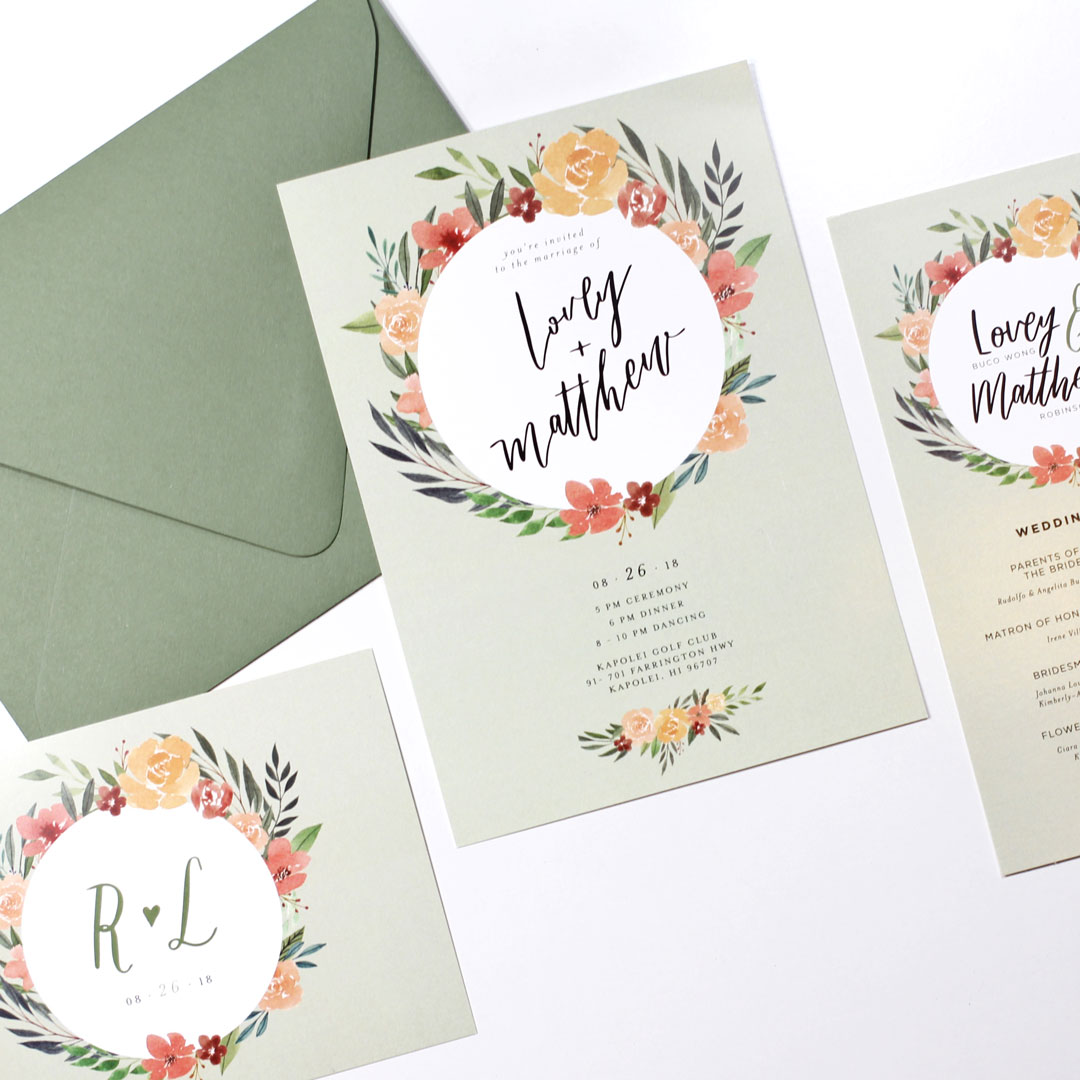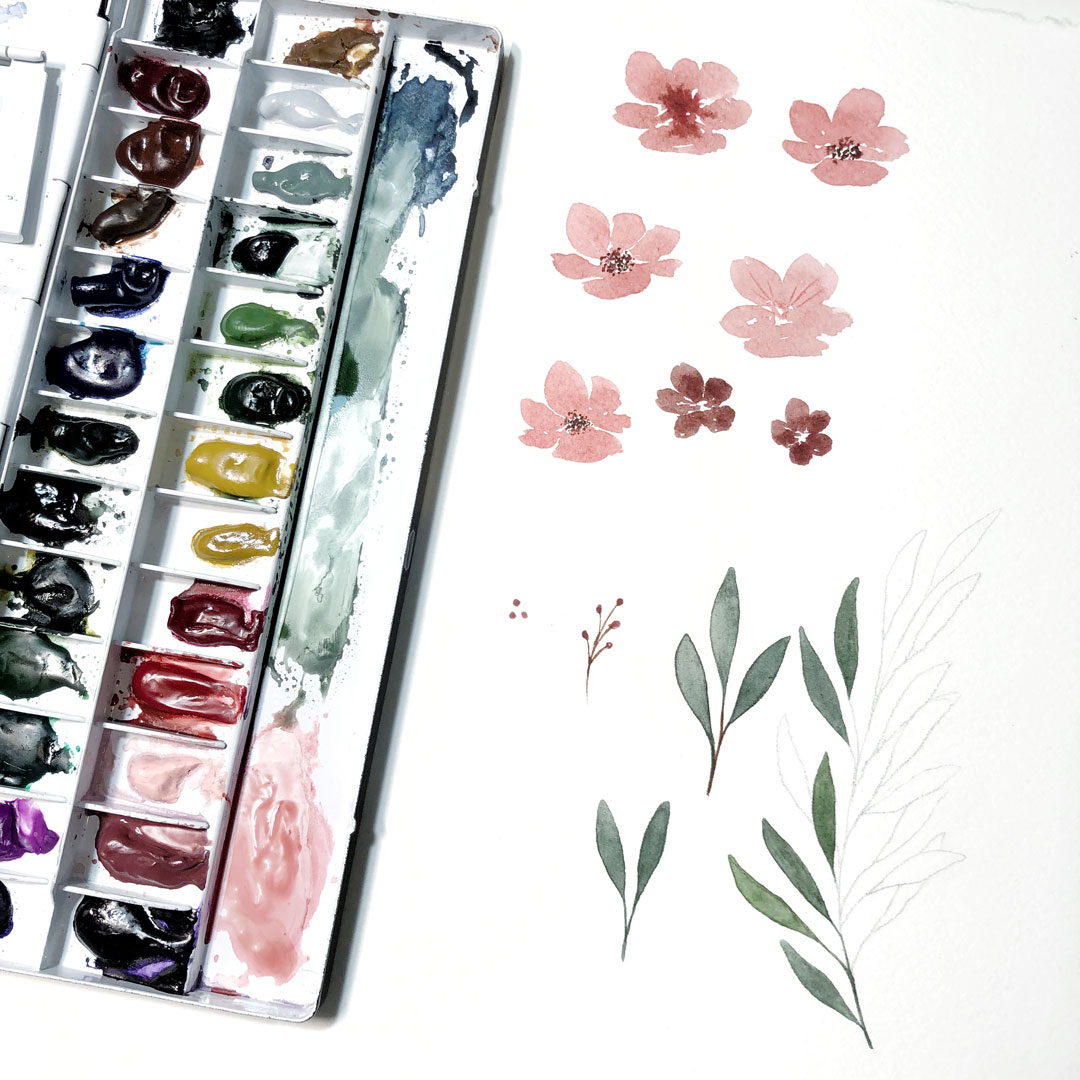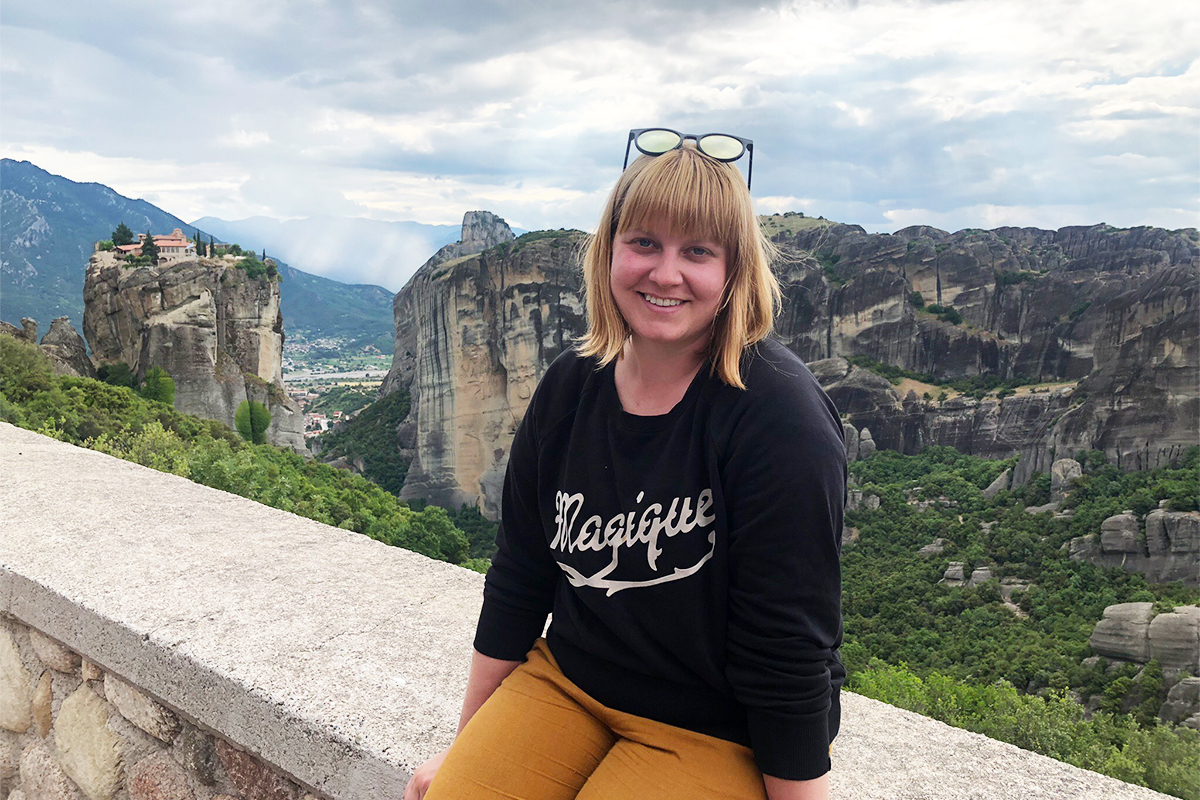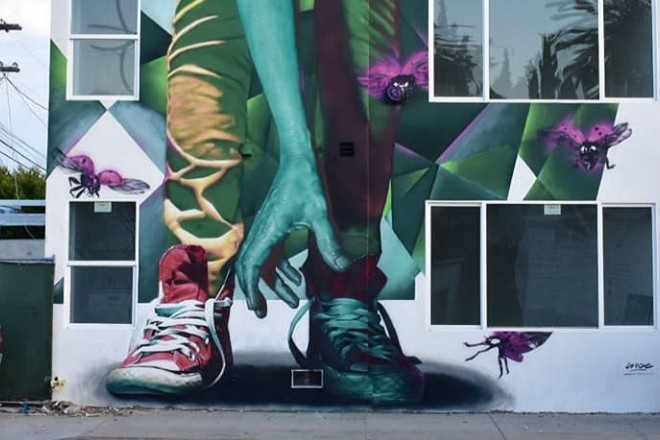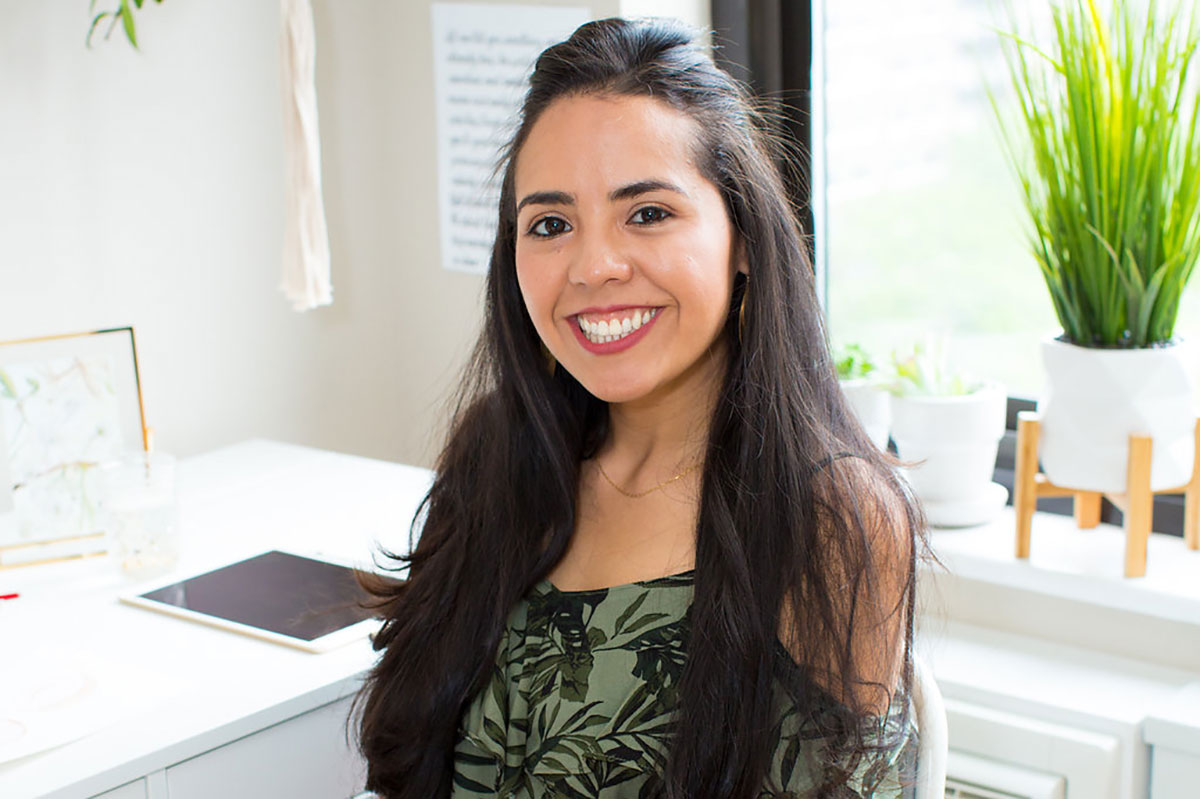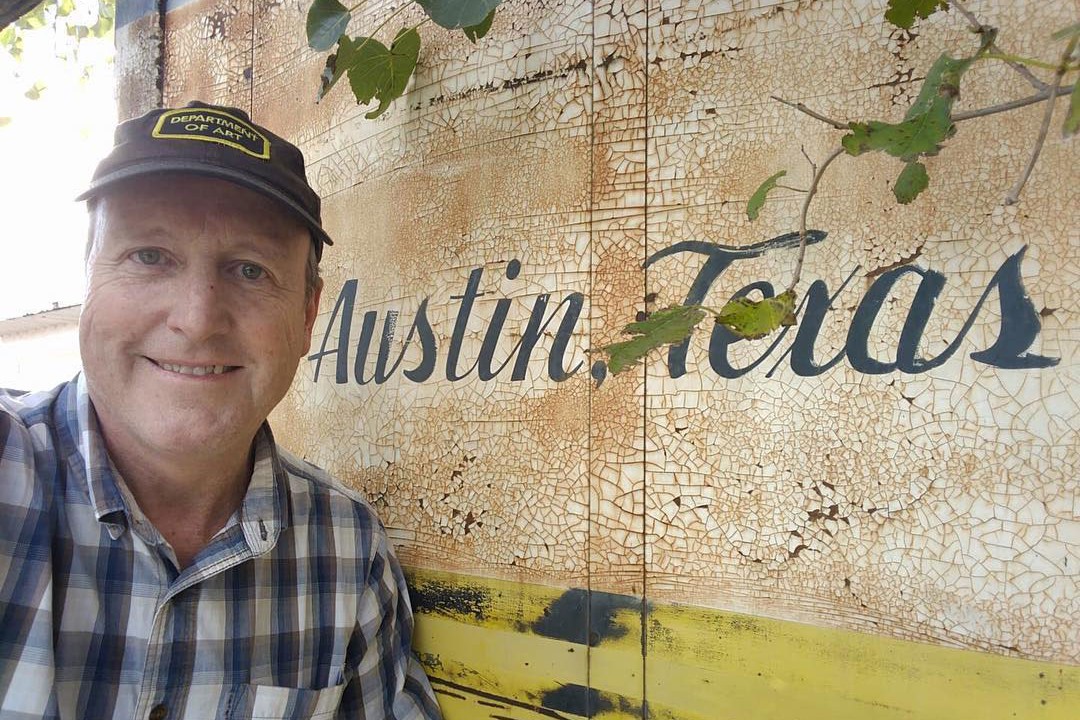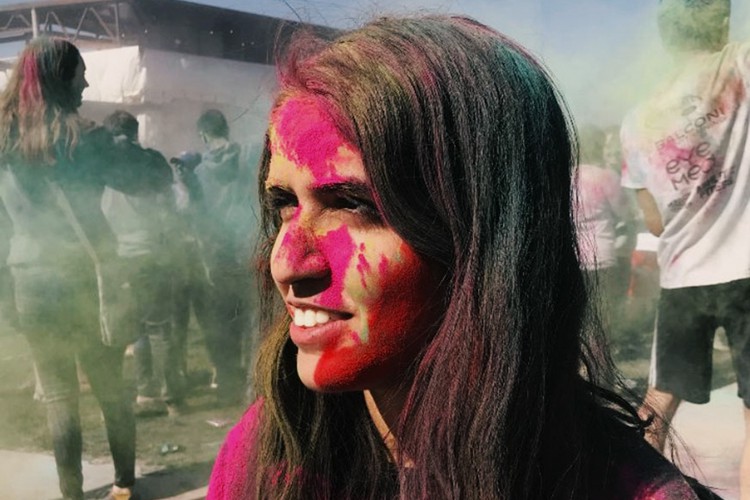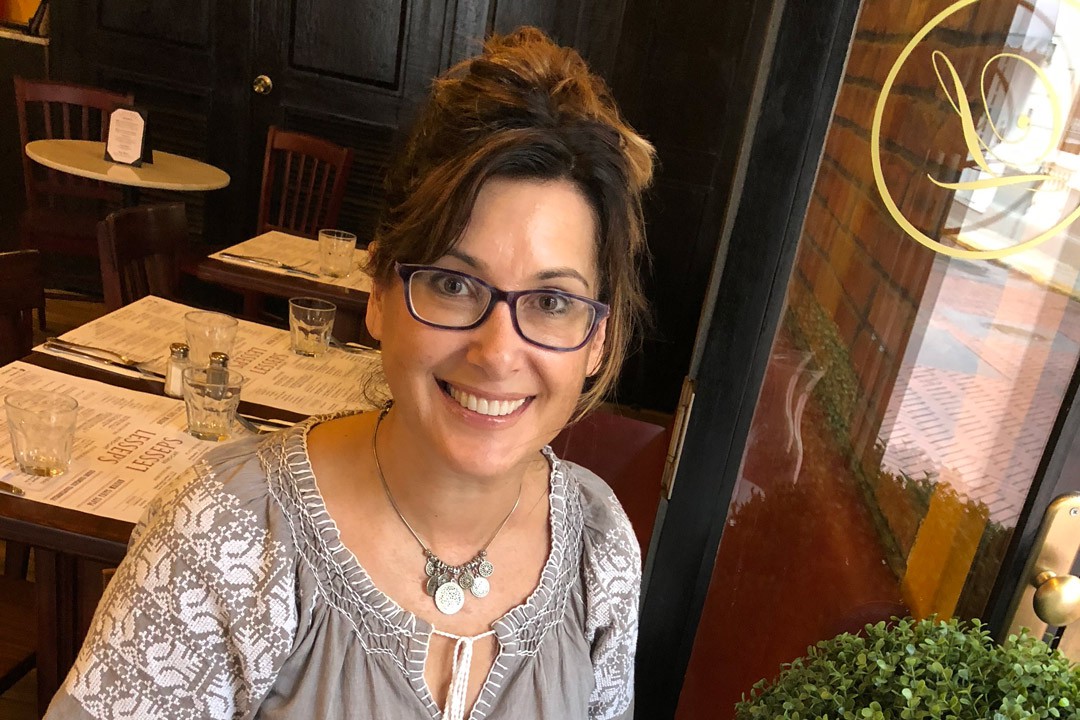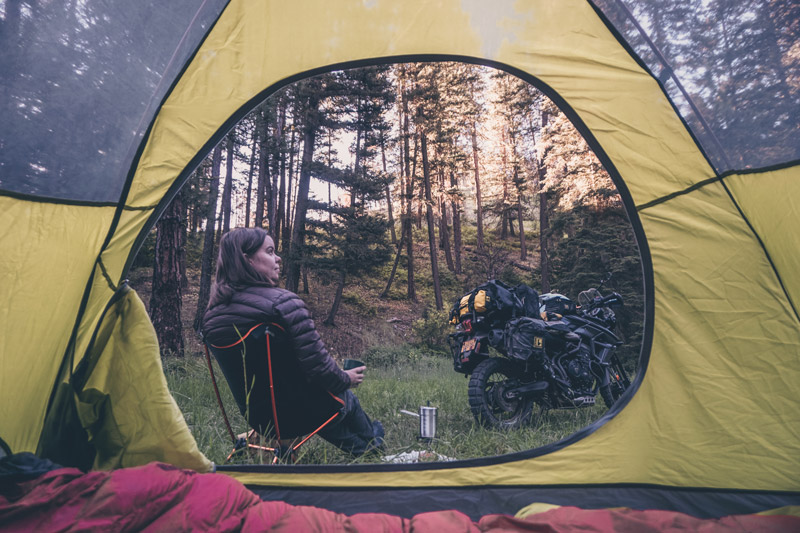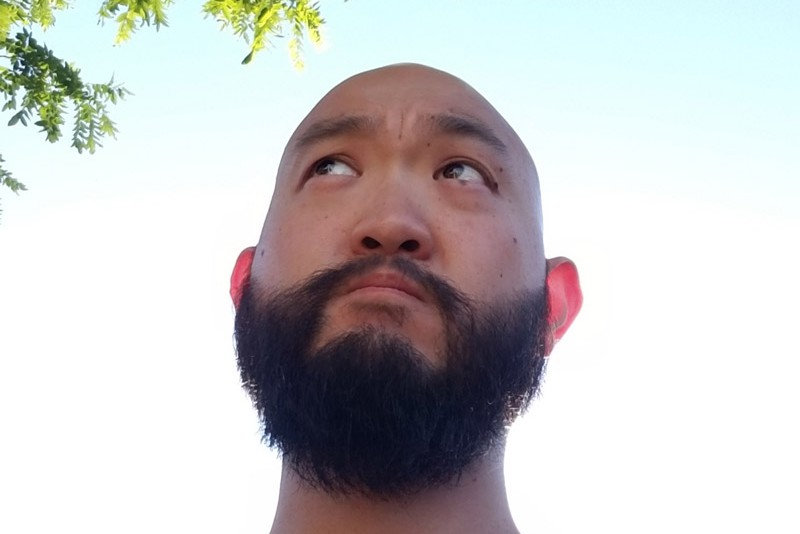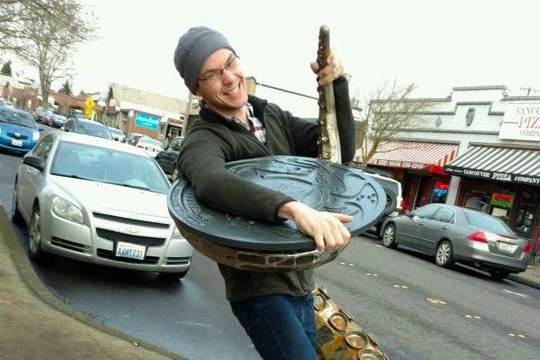Honolulu-based graphic designer, self-taught calligrapher and watercolor artist Justine Lazo (@jusebox) shares the challenges and rewards of her multimedia artistic style, and the inspirational words she lives by as an artist.
You enjoy combining digital and analog art. How do these two art forms complement each other in your work?
I think that being able to combine both digital and analog art is a way to enjoy the best of both worlds. Being able to add in some hand-done elements in my graphic design work makes my work feel unique. It definitely makes me proud of my own work. Every artist has their own style and once they “find” it, I believe they should embrace it.
What first drew you to hand lettering and watercolor?
It was about five years ago when I first stumbled upon hand lettering on the internet. I was fascinated at how handwriting could look so pretty, so I had to try it for myself. Learning resources and supplies were limited at the time, so I just purchased a few things that felt right and attempted to teach myself how to hand letter. It was the first time I really indulged myself into an artistic medium and I haven’t looked back since! I’ve played around with ink, watercolor, and gouache. What draws me to new mediums is that there’s always something to learn, whether it’s finding the right paper, controlling your medium, or handling your brush or pen correctly.
Favorite Pentalic product and why?
I love Pentalic’s Wire-Bound Watercolor Field Book. I own quite a few because they are available locally. This type of field book is affordable and suitable for lettering and painting with watercolor and gouache. It has cold-press paper, but its texture is smooth enough to draw the precise edges and lines that I strive for in my work. I also love the Watercolor Field Book’s wire binding. I’m usually working in small spaces so I love that I can just fold over the pages and start to paint!
You are a Honolulu-based calligrapher and watercolor artist. How has the island landscape inspired your style?
I grew to appreciate being surrounded by lush greenery, so I have enjoyed working with green colors. I used to be obsessed with black and white colors, but now I have a full arsenal of green color media and I always enjoy mixing colors to find the perfect green to work with. I also feel that my style has gravitated towards a more simplistic and minimalistic approach, because of the laid-back lifestyle people tend to have in Hawaii.
Which aspect of watercolor do you feel to be the most rewarding?
In any art form, being proud of what you’ve made is the most rewarding aspect. For the most part, I paint for fun…and relaxation! There’s a learning threshold for working with watercolor, so it definitely takes some patience. It is also very rewarding once you get the gist of watercolor, like being able to control the strokes better and how to mix new colors.
What is the most challenging characteristic of calligraphy?
Control. Managing a steady hand for calligraphy’s upstrokes and downstrokes can be very challenging sometimes, especially when you’re caffeinated and have an itch to create. For me, some days are better than others, so I take breaks often! Finding a happy medium can also be a challenge when first starting with calligraphy, but now there are many resources on the internet with recommended products for it.
What are words you live by as an artist?
“Do what you can, with what you have, where you are,” and always practice! We all start somewhere and sometimes our talents just need to be nurtured and explored a little more. I didn’t realize I developed a “style” until I started to hear it from others. I started with being inspired by other artists’ work, recreating their art, and just kept practicing. It takes time, but eventually you’ll get there.
Any advice for artists wanting to try calligraphy?
Don’t be discouraged! Know that everybody has a starting point, but practice and patience is key! With calligraphy, start with light upstrokes and heavy downstrokes, and keep practicing until you start to gain control. It took me years to control my strokes without formal training. I feel the best way to gain control is to start writing with felt tip brush lettering markers, or Crayola markers, on regular copy paper. From there, work with other tools, such as nibs and water brushes, to make working with calligraphy a little easier. Also, do a little research on calligraphy supplies and watch videos online.


